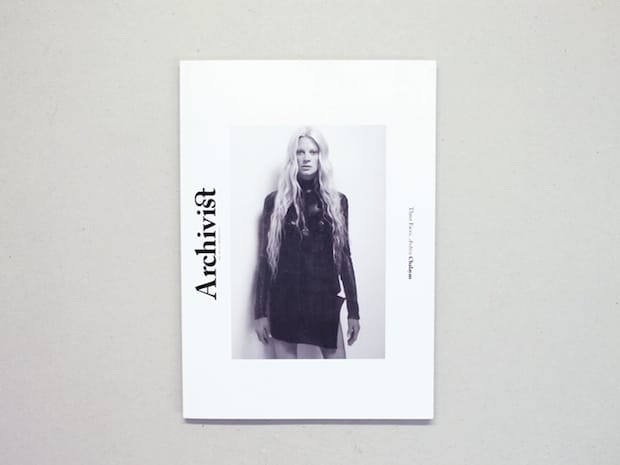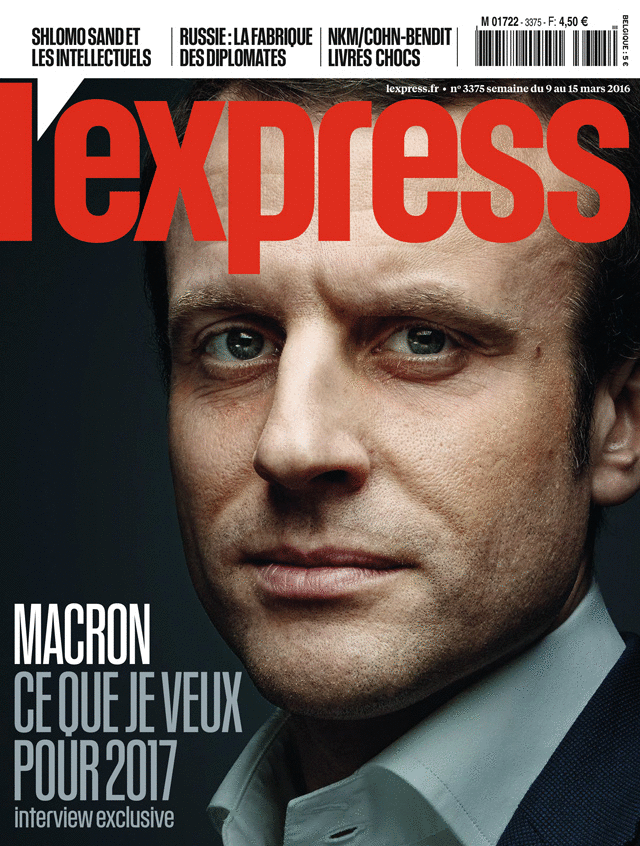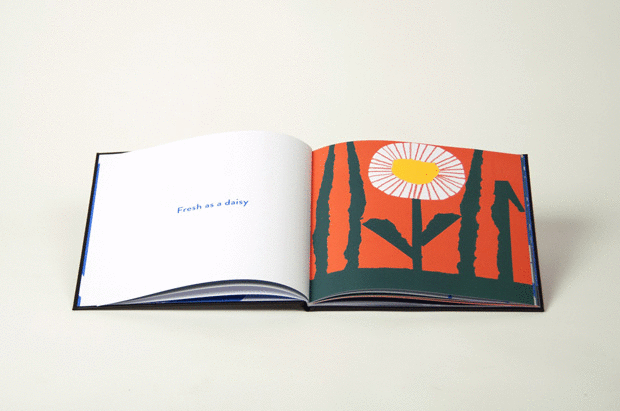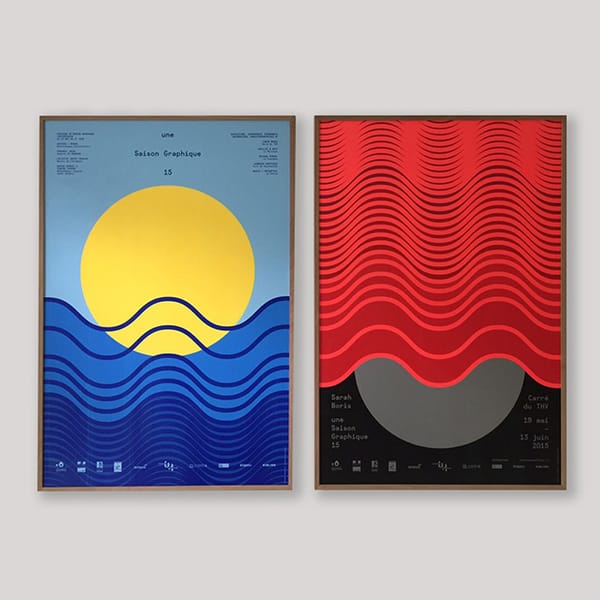Nominated for the Design Museum’s Designs of the Year, Archivist is a fashion journal that focuses on the history and theory behind collections rather than driving a consumerist agenda. We spoke to editor Dal Chodha about this radical approach to fashion.
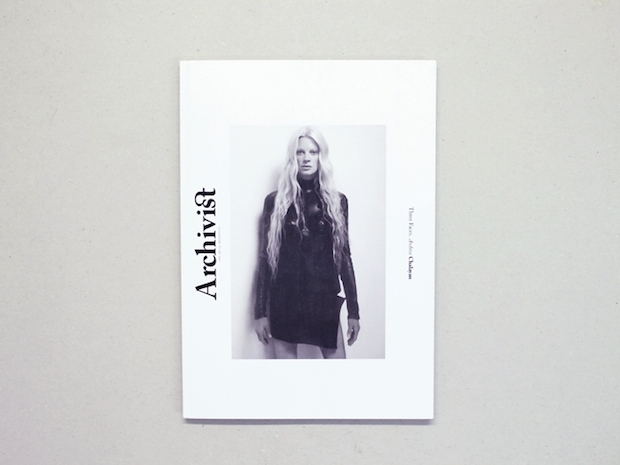
Tell us a little bit about Archivist.
Archivist has a unique view of the fashion industry. Non-seasonal, it does not purport to sell its audience clothes. It prefers to showcase designers’ archives, important personal collections and new emerging talent. Its aim is to be inspirational rather than aspirational and explore the cyclical nature of fashion. We want to bridge the gap between traditional fashion history and theory – which can be rather intense – and that of current fashion editorial which, at the other end of the scale, can seem empty and too trend/celebrity/sales focused.
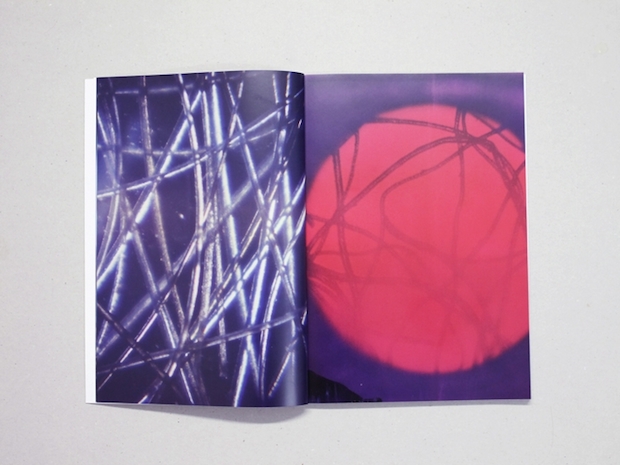
How did the platform originally come about?
It came about after a meeting between stylist Jane Howard and art director Michael Harrison. Both wanted to create something that challenged the typical role of a fashion magazine. After more than 15 years of designing magazines for other people, Michael wanted to break every rule in the book; Jane wanted to move away from shooting advertising credits and work on editorial in a project based way, focusing on design and image making rather than on pleasing advertisers and fashion directors. Archivist is a journal that isn’t ruled by advertisers and sits outside of the confines and rules of traditional print media. It is the total opposite of a conventional fashion magazine, originally conceived as a counterpoint to newsstand fashion publications, to question their approach. As it is non-seasonal, it contains no selling messages. I joined in 2013 with the view to explore other themes around the archive and collections from lots of fields traversing fashion, photography, fine art, architecture and beyond.
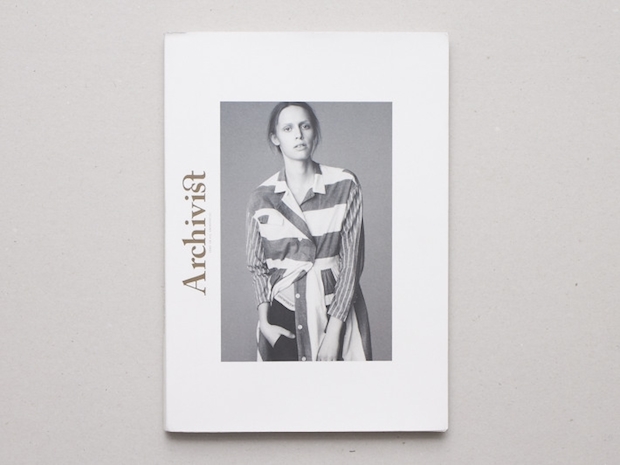
What was the original design brief and did it change at all?
Archivist set out to deconstruct traditional magazines in its format. It is stripped back and ‘un-designed’ in a way. The photography and the writing have the control of the page, not the graphics or cropping tools. When good photographs come together with good writing, there really isn’t much else that needs to be done. We work very hard at collaborating with people who share our vision and the commissioning process takes a long time. We have been lucky enough to have the support of brilliant minds, like that of exhibition maker Judith Clark, and this makes the process of creating the physical print edition more gratifying.
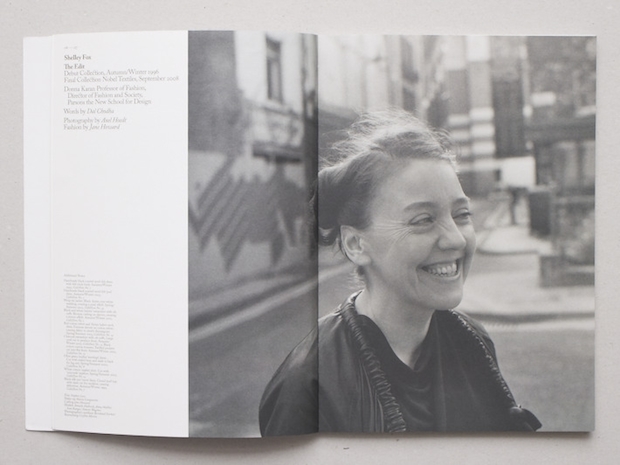
Did this project present any particular challenges, and if so how were these overcome?
Jane worked for Hussein in the early 2000s. With Three Faces: Archive Chalayan, she wanted to show that Hussein's work goes beyond the expected showpieces of the catwalk and explore the more wearable looks that often get overlooked. The issue is a 120-page photo essay created in collaboration with photographer Axel Hoedt. It showcases the three female archetypes that define the fashion industry: the fresh, young face of a model; the familiar face of a supermodel; and the expressive, ‘real’ face of an actress. Trained ballet dancer Lida Fox, supermodel Kristen McMenamy and German actress Bibiana Beglau are photographed wearing clothes that are all dated between 1997 and 2010 selected by Jane from Hussein’s archive. The whole issue was shot over three months. We very much treat each feature in the magazine as a project and, of course, projects do come with their difficulties. For us, the main challenge is one of funding. Making a journal to this standard, using both the paper and printing quality the images deserve, is both costly and time consuming – it cannot be rushed. Everything that is wonderful about creating Archivist is also very stressful.
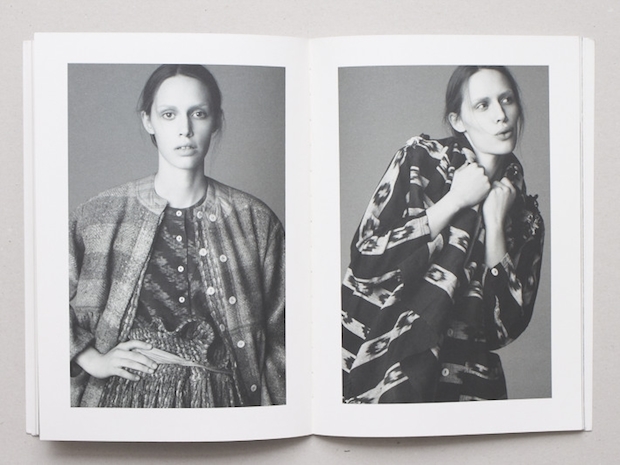
What do you think has worked particularly well?
The simplicity of the design seems to resonate with a lot of people. Especially in a time of mass overload, of images on screens, of noise and constant streams of news, something that is slow and quiet stands out. But really, we honestly have never thought of Archivist outside of creating it and feeling like it needed to exist. We are not on Instagram or Facebook – I think it’s good to just focus on the work itself. We want to make great fashion pictures, we want to tell the story of the clothes we find and we want to refocus people’s attention on design.
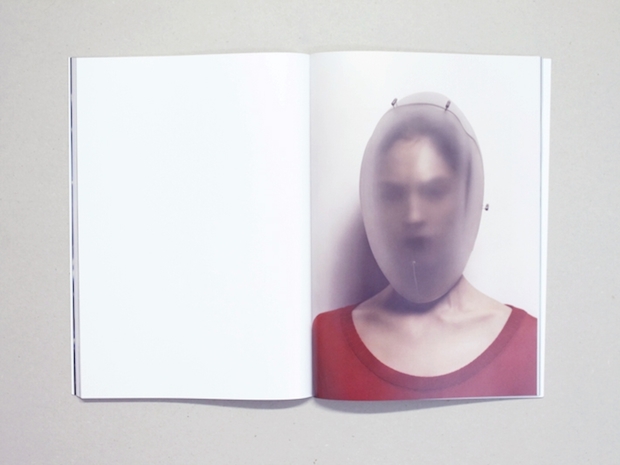
Did this project involve sourcing any new materials or using any new processes or technology?
The use of a microscope when documenting the archives was new for us. It is something that Axel first developed an interest in whilst studying under Gottfried Jaeger, the inventor of Generative Photography. Axel was also interested in the work of Carl Struewe, a photographer who extensively worked with microscope photography in the 1950s publishing Formen des Mikrokosmos in 1955. Both influences were significant during the making of Three Faces: Archive Chalayan. Axel used his old, school microscope with basic lenses and attached a traditional Sinar 4x5 camera to it. A look through the microscope that reveals the intricacy, but shows nothing of the finished product, pushes our aim of recording archives much further.
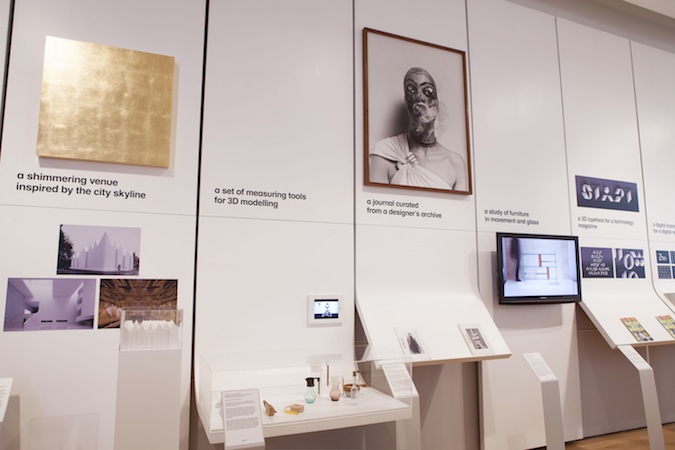
How has the second issue evolved from the first?
It became clear whilst working with an archive such as Chalayan’s, that little could be written about it that hadn't already been said with regards to its impact on fashion and the arts. We therefore decided to only publish a photographic piece, which was a departure from Issue Zero, which featured written and photographic work from several authors and photographers. Archivist is a multi-media project – we are not defined by format. This means that the issues relate to the archives explored within them. The next issue looks at three fashion archives and other projects around the premise of collecting and re-appropriating found photography.
Technical spec.
In its print form, Archivist is set in Caslon and references traditional print both typographically and in layout. With whatever format we take, we will explore that medium with an inquisitive eye and absolute conviction to creative, independent and critical thinking.

